 Energy Australia has signed a memorandum of understanding (MoU) to supply fly ash from its coal-fired power plant in Yallourn to a proposed magnesium production plant in the Latrobe Valley.
Energy Australia has signed a memorandum of understanding (MoU) to supply fly ash from its coal-fired power plant in Yallourn to a proposed magnesium production plant in the Latrobe Valley.
Read More

At the World of Coal Ash 2017 Conference in the United States, CEO Craig Heidrich presented the following report to a plenary of +1,100. View the World Wide Coal Combustion Products Network PDF now.
Read More
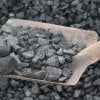
The new-generation, high-efficiency coal plants produce half the carbon dioxide emissions of existing ones, making them comparable with gas and the Minerals Council says it is “simply common sense” that new coal technologies be considered as part of Australia’s efforts to meet its emissions reduction targets.
Read More
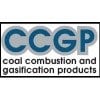
The Coal Combustion & Gasification Products Journal is a collaboration between the American Coal Ash Association and the University of Kentucky Center for Applied Energy Research, with the Ash Development Association of Australia's CEO, Craig Heidrich on the Editorial Board.
Read More

An important enabler in this journey for partners in the CRCLCL is to publish a Geopolymer Concrete Handbook as wider penetration of Geopolymer concrete within the construction industry affords a promising pathway to increase use of Low Embodied-Carbon construction materials.
Read More

Annual members and non-members were surveyed for CCPs generated, stored and sold during the reported period, which provides results for the calendar year; January to December 2015.
Read More
 While lawmakers and environmental authorities are fixated on fly ash (FA) a potential hazard, many understand that the by-product is ‘A valuable resource.’ Duke University researchers explain that key components of technologies such as smart phones and electric car batteries include rare earth elements, which are found in abundance on the micro level in multiple FA ponds near Duke University in North Carolina.
While lawmakers and environmental authorities are fixated on fly ash (FA) a potential hazard, many understand that the by-product is ‘A valuable resource.’ Duke University researchers explain that key components of technologies such as smart phones and electric car batteries include rare earth elements, which are found in abundance on the micro level in multiple FA ponds near Duke University in North Carolina.
Read More
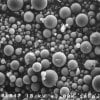
The Research and Development team within LWP Technologies Limited has been testing Queensland-sourced FA at the pilot plant and the results from their work have been very positive and supportive of the path to commercialising cost effective FA based proppants for use in oil and gas hydraulic fracturing.
Read More
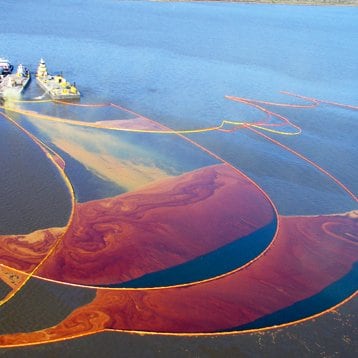
The chemically treated fly ash has gained the name OOPS and once it has absorbed oil from an oil-water mix, it floats on the surface of the water as a sticky substance that can be easily collected and transported and it can also be re-used in Coal-fire furnaces as fuel to generate heat and energy, once saturated.
Read More
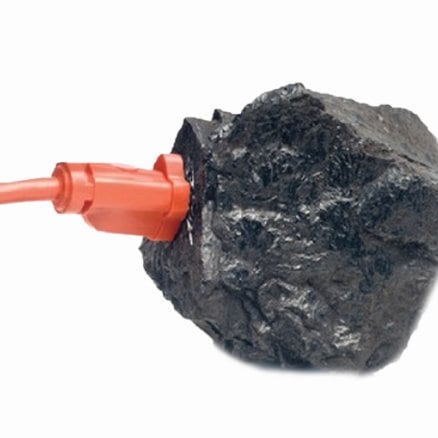
The correlation between the amount of coal burnt and temperature is often strong and highly linear and this year North America’s winter rewrote the record books and was the hottest winter period ever documented. With temperatures averaging more than 5 degrees over the 20th century average. What does this mean for concrete manufactures and other Fly Ash users?
Read More
 Energy Australia has signed a memorandum of understanding (MoU) to supply fly ash from its coal-fired power plant in Yallourn to a proposed magnesium production plant in the Latrobe Valley.
Energy Australia has signed a memorandum of understanding (MoU) to supply fly ash from its coal-fired power plant in Yallourn to a proposed magnesium production plant in the Latrobe Valley.





 While lawmakers and environmental authorities are fixated on fly ash (FA) a potential hazard, many understand that the by-product is ‘A valuable resource.’ Duke University researchers explain that key components of technologies such as smart phones and electric car batteries include rare earth elements, which are found in abundance on the micro level in multiple FA ponds near Duke University in North Carolina.
While lawmakers and environmental authorities are fixated on fly ash (FA) a potential hazard, many understand that the by-product is ‘A valuable resource.’ Duke University researchers explain that key components of technologies such as smart phones and electric car batteries include rare earth elements, which are found in abundance on the micro level in multiple FA ponds near Duke University in North Carolina. 

